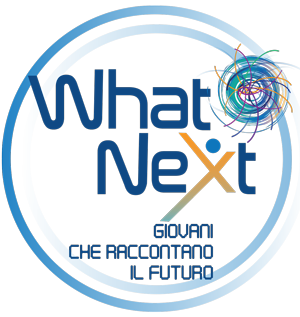L.A.S.A. - Laboratory for Accelerators and Applied Superconductivity
The Laboratory for Accelerators and Applied Superconductivity (LASA) of INFN is an international center of excellence in cutting-edge technologies for particle accelerators based in Segrate, near Milan.
LASA develops advanced technologies for superconductivity, cryogenics and the production of high intensity static and radio frequency electromagnetic fields. The first European superconducting cyclotron was built here, and the third in the world, in operation since 1994 at the INFN Southern National Laboratories.
The primary mission of LASA today consists in the development of superconducting systems for the acceleration of particles, with radiofrequency (RF) cavities, and for guiding the beams, with magnets.
LASA’s activity covers a wide spectrum of sectors and among the ongoing activities, the study of radio frequency superconducting cavities (SRF) for accelerators is certainly one of the most promising. Furthermore, still in the field of X radiation production for multidisciplinary applications, the research group on RF cavities is a world reference for the production of photocathodes for very high brightness electron beam sources, which supplies the main world infrastructures active in this field. In these areas collaborations are underway on the XFEL and ESS projects.
FisicaMenti
Marco Prioli
INFN technologist
He is involved in the various phases of design, construction and testing of superconducting magnets for near future (HiLumi-LHC) and farthest horizon (FCC-hh) particle accelerators.


Daniele Sertore
INFN researcher
He deal with issues related to accelerators. In particular, he study and produce photoemissive materials used for the generation of electron beams and superconducting accelerating structures for the acceleration of electrons and protons in linear machines.
Francesco Broggi
INFN researcher
He deals with the construction and diagnostics of the toroidal magnets of the ATLAS experiment at CERN, tests of superconducting magnets in high CT and the problem of energy deposition in the focusing quadrupoles at the LHC interaction points, through Monte Carlo simulations.
With Monte Carlo methods I deal with the photoproduction of secondary particle beams.


Marco Statera
INFN technologist
It deals with the design and construction of superconducting magnets, some of the components that allow the particles to be kept inside the particle accelerators.
Stay Tuned
Other from WHAT NEXT? may interest you
Caduti nella rete (neurale)
Do you want to be part of our short film?
Are you curious about science? Do you want to discover the future of accelerator physics and its impact on society? Would you like to appear in a movie? Then all you have to do is apply in a few, very simple, steps!


